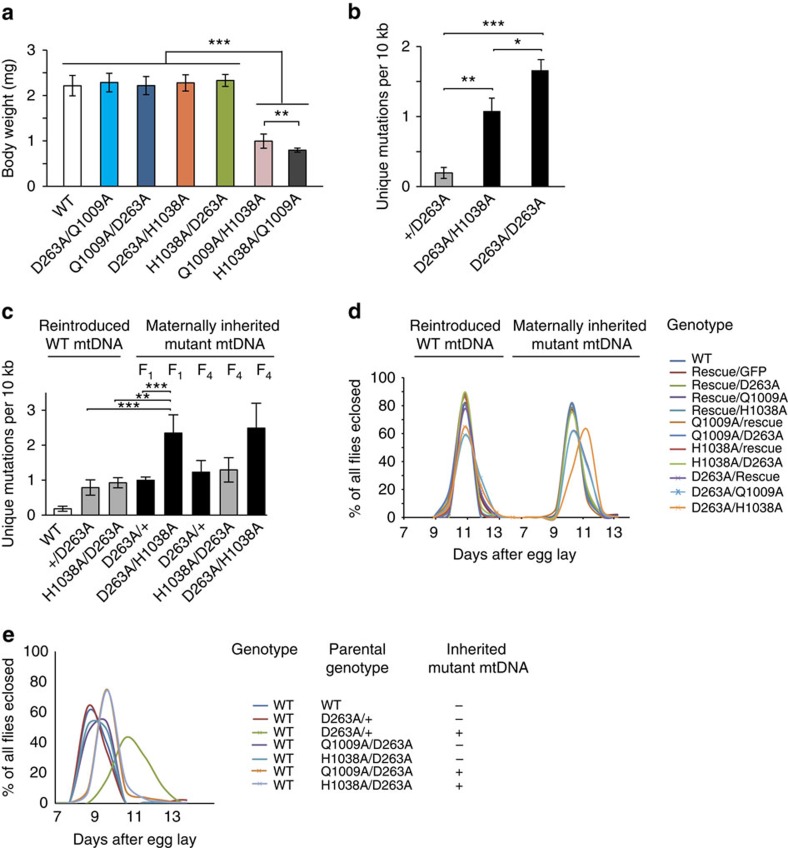Figure 7. Genetic complementation at the tamas locus.
(a) Comparison of body weight between different DmPOLγA compound-heterozygous larvae. All DmPOLγA compound heterozygous larvae had wild-type-like body size. Body weight of 20 larvae (5-day old) was measured and average body weight is shown. Tukey's Multiple Comparison Test. ***P<0.001, **P<0.01. Error bars represent s.d. n=20. (b) Quantification of unique mtDNA mutations in compound heterozygous larvae. The homozygous exo− larvae had significantly more unique mtDNA mutations in comparison with compound heterozygous larvae. Both genotypes inherited mtDNA mutations maternally for one generation. Tukey's Multiple Comparison test. ***P<0.001, **P<0.01, *P<0.05. Error bars represent s.d. n=3. (c) Quantification of unique mtDNA mutations in adult compound heterozygous flies without and with maternally transmitted mutations. Compound heterozygous flies with maternally transmitted D263A exo− allele (black bar) showed increase in the number of unique mtDNA mutations as compared with compound heterozygous flies that inherited the exo− allele paternally (grey bar). One-way ANOVA with Dunnett's post hoc test. ***P<0.001, **P<0.01. Error bars represent s.d. n=3–6. (d,e) An increase in the mtDNA mutation load affects fly development. Developmental time of different complementation groups is shown. (d) All genomically engineered flies with a clean background (lacking maternally transmitted mtDNA mutations, left panel) had the same developmental time as wild-type (WT) flies. In contrast, all flies inheriting mtDNA mutations maternally for four generations (D263A/Rescue, D263A/H1038A and D263A/Q1009A) showed developmental delay (right panel). Crossing schemes are shown on Supplementary Fig. 7a. Data represent two independent experiments. (e) Wild-type (WT) flies carrying mtDNA mutations showed a severe developmental delay. Compound heterozygous flies used in d were outcrossed twice to replace tamas mutant alleles with wild-type tamas allele and clean the nuclear background. All flies had a WT nuclear background with or without maternally inherited mtDNA mutations.

